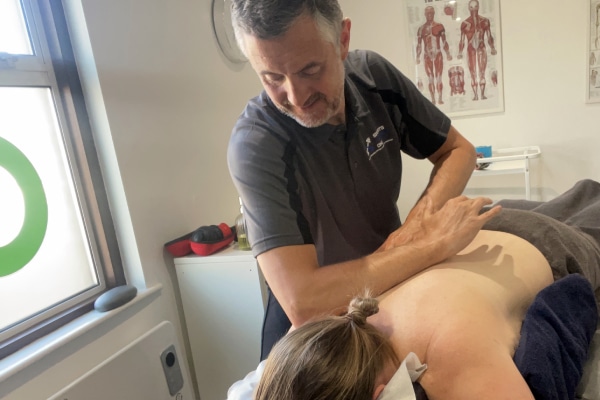Relative Energy Deficiency in Sport (RED-S) is a serious health concern that can impact athletes and active people from a range of sports. This condition arises when an individual’s energy intake falls short of their energy expenditure, resulting in an unhealthy imbalance that can negatively affect both health and athletic performance. Early recognition of the signs and symptoms associated with RED-S is vital for timely intervention. Athletes may find themselves experiencing unexplained fatigue, diminished performance levels, or longer recovery periods. They might also observe alterations in menstrual cycles, mood swings, or a higher incidence of injuries linked to weakened bone density.
Diagnosing RED-S requires a thorough assessment of an athlete’s overall health, nutrition habits, and performance metrics. This condition stems from the disparity between energy consumed and energy expended, which can profoundly influence the athlete’s physical and psychological well-being. Healthcare providers typically initiate the diagnostic process by gathering an extensive medical history that encompasses dietary practices, training routines, as well as any past injuries or illnesses. Such information aids in identifying trends that could lead to energy deficiency.
Following this initial evaluation, clinicians may perform physical assessments alongside various tests to evaluate body composition, hormonal balances, and metabolic activity. It’s also important to consider psychological aspects since athletes suffering from RED-S may face anxiety disorders, depression, or unhealthy eating patterns. Utilising screening tools specifically designed for athletes can effectively highlight these concerns. Therefore, early detection is essential to avert long-term health issues such as osteoporosis or heart problems.
Physical signs might include fatigue, weight loss or reduced muscle mass. Coaches and teammates should be vigilant about recognising these signs as they may indicate underlying nutritional or mental health challenges. Creating a supportive open atmosphere where athletes feel safe discussing health issues associated with RED-S can really help them not to feel isolated and alone and are more likely to seek treatment.
Education about RED-S is crucial for both athletes and support teams to ensure comprehensive care strategies are implemented effectively. Addressing this condition necessitates a holistic approach focused on restoring proper energy balance. The initial step often involves evaluating dietary habits to confirm sufficient caloric intake aligned with individual training needs; sports nutritionists or dietitians can offer valuable assistance with meal planning and macronutrient distribution.
In addition to nutritional changes, it’s essential for athletes to adjust their training programs accordingly by gradually lowering intensity and volume to prevent further energy depletion while allowing adequate recovery time—incorporating rest days into their schedules becomes imperative during this phase.
Psychological support must not be overlooked since RED-S can have detrimental effects on mental well-being; collaborating with mental health professionals who understand the unique pressures faced by athletes can help build resilience and foster positive attitudes toward food consumption and body image.
Lastly, ongoing monitoring of progress is crucial for ensuring that athletes remain on track towards recovery while minimising the risk of future incidents related to RED-S. Considering the aspects of nutrition management, training adjustments, and mental wellness, athletes can restore vitality effectively while enhancing sustainable performance outcomes.



